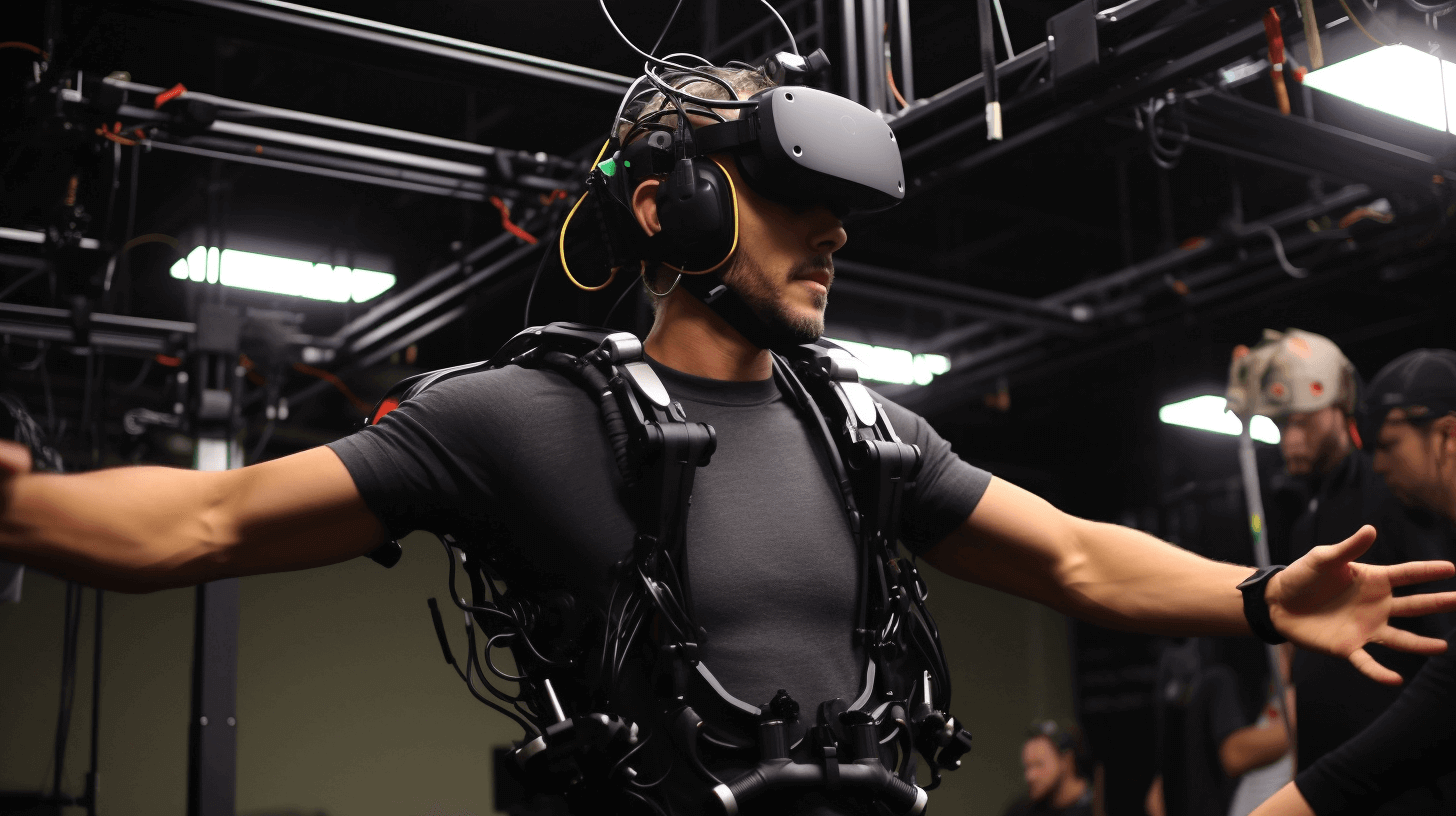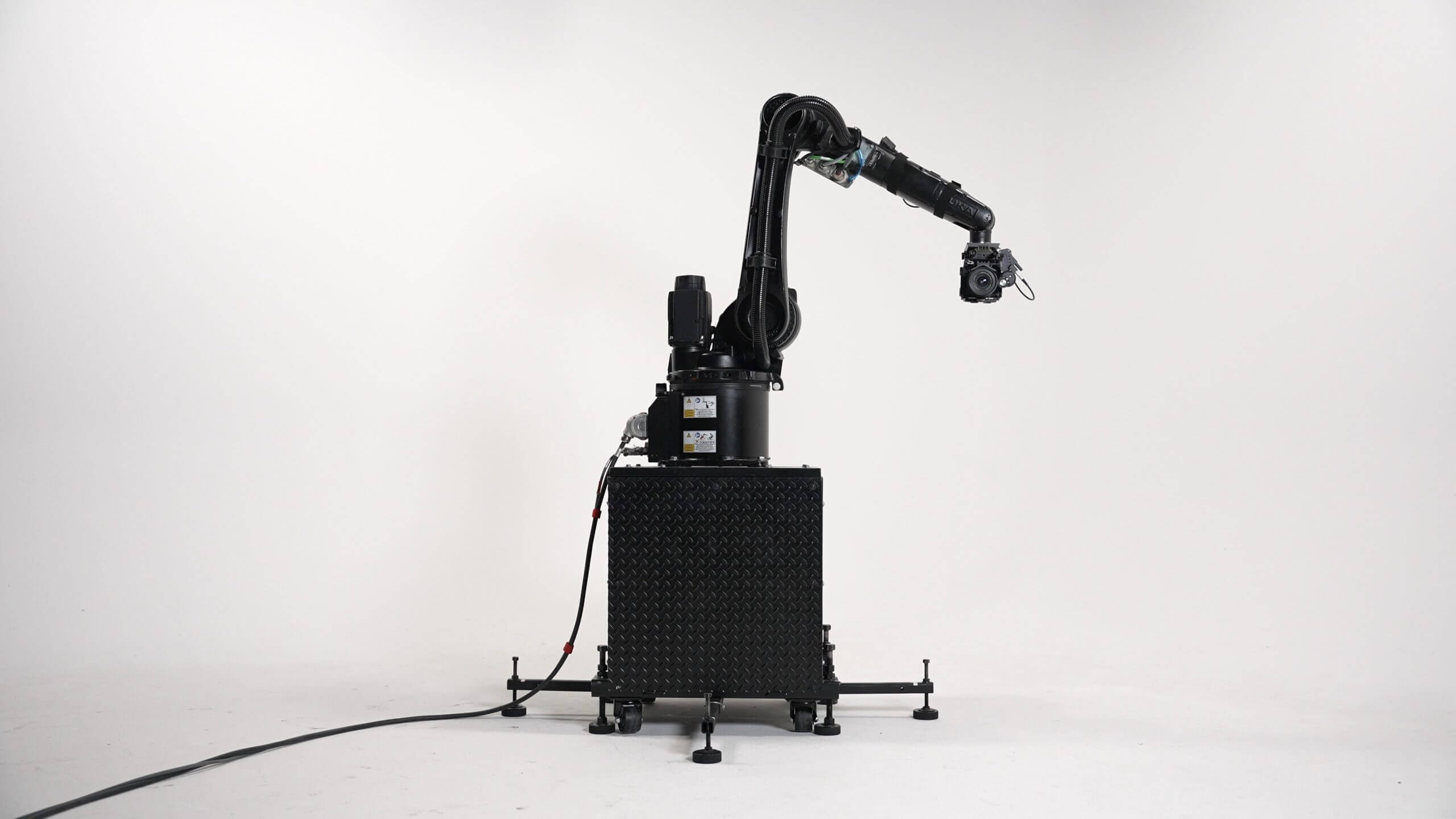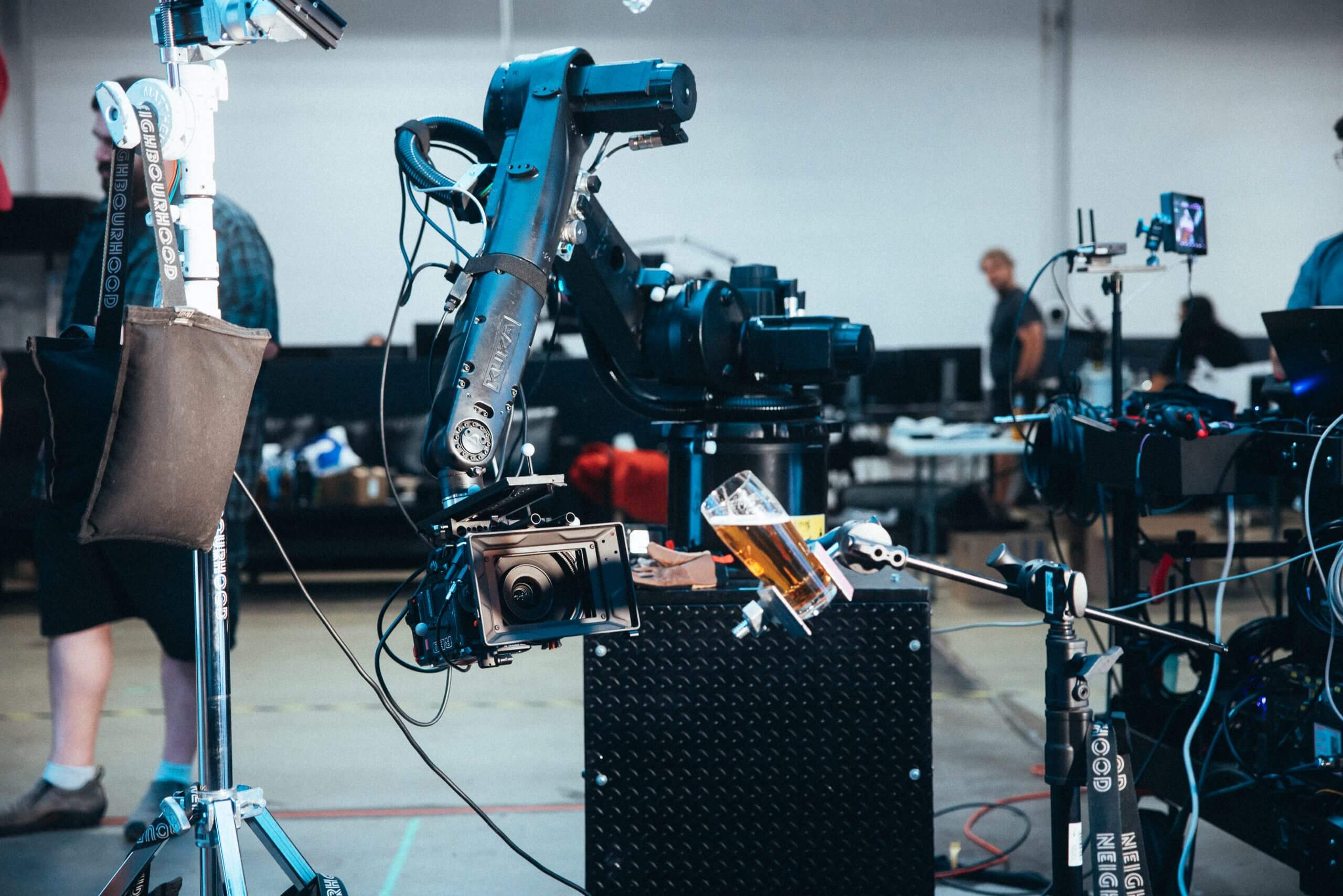
Motion Control Application in Film Making
- marsmoco
- November 16, 2022
- 12:45 pm
The motion control technology is essential for anyone looking to capture the perfect photo or video. This technology allows for smooth and accurate movements of the camera and lens, which is perfect for making stunning images and videos. In different types of photography, such as landscape and commercial photography, this technology is beneficial in making movements that would’ve been otherwise difficult to make manually. Capturing the perfect photo or video requires precision and accuracy, and motion control technology helps to provide that.
Similarly, motion control technology has been useful in creating more realistic scenes in filmmaking. It uses sensors and actuators to create sequences by controlling the movement of objects in a scene. This can be used both for live shooting and animation stop motion.
Various types of motion control systems and robotic arms come in different specifications. Bigger robots are better for macro shots, while smaller ones tend to be much faster and more suitable for small-motion work.
The key to choosing the right system depends on the nature of the project. For example, a high-budget feature project will likely require a more sophisticated system than a low-budget short project. Ultimately, the goal is to create believable and realistic results that will engage and wow audiences.
The most common and largely the most accurate is optical motion control. This technology compensates for the camera’s movements and the objects it is filming. They work by tracking the camera’s movement, allowing it to create much smoother footage free from the jittery, shakes, and oscillations that can occur when filming with a traditional camera.
Often a producer is required to create a model to represent a situation in a play, movie, or anything else that may be intended. When the model created turns out to be too small, the film loses its touch of reality or authenticity, and it becomes clear to the viewers that a model has been used. The solution to this will be to create larger models, but this also comes with its unique challenges as larger models are difficult to create and fragile to move smoothly. In this point, motion control comes in handy to save the day.
Where is the Motion Control Applied?
Motion control can enhance the accuracy of handheld shots, smooth out camera movements during long exposures, and remove the camera shake, particularly in photography. Filmmaking is also commonly used to enhance impossible camera movements, create special effects, or animate faces.
Handheld Shots
One of the most important aspects of filmmaking is control over the camera. This is often achieved with expensive rigs and dollies, allowing smooth, controlled movement.
However, these can be very difficult to use in tight spaces or when trying to capture handheld shots. This is where motion control comes in. Using controllers similar to PlayStation Move controllers, filmmakers can input the data for precise movements that a robotic arm can replicate. This allows for much more control over the camera, resulting in smoother, more professional-looking shots. While it may take some time to set up, motion control can be a great way to get those perfect shots.
Camera Movements
Another common use for motion control in photography and filmmaking is to smooth out camera movements during production. Motion control can help keep the camera still during long exposures in photography. This allows for sharper photos as the camera does not have to move around and its autofocus can stay locked onto the subject.
Additionally, in filmmaking, motion control is employed in camera movements to capture shots that otherwise would be difficult and impossible to capture using traditional filming techniques. An example is tracking a moving object with a Steadicam, a well-integrated and adaptable camera stabilizer for motion images and films.
Special Effects
Special effects are often used to create a difficult or impossible impact with traditional filming techniques, such as creating a realistic explosion or a scene where characters are walking on water. It is also used to create an illusion of reality. This can be done by creating fake landscapes, sets, and props or by animating actors or objects to appear as if they are real.
Some of the most famous special effects in movies and television include computer-generated imagery (CGI), motion capture, and visual effects. CGI is used to create movies and television shows that look like they were filmed in a real location, using actors who are then animated to look like they are moving.
LED Walls
LED walls are slowly becoming more popular as replacements for green screens. The main benefit of using an LED wall is that you have a real reflection, which can be helpful for many different applications. For example, in the tv show The Mandalorian, they were the first to use this technology, which really helped to make the action scenes look more realistic. In addition, LED walls are much more energy efficient than traditional green screens, saving money in the long run.
Motion Control. The Secret Weapon of the Movie Industry
One of the major benefits of using motion control in photography is that it can help you achieve precise shots without worrying about camera movement. This can be useful for timelapse photography or videography, where you must keep the camera stationary for the entire video or photo duration.
Another benefit of motion control is that it can help you capture smooth, fluid movements. This can be useful for video footage of athletes or animals, where you want to capture the movements without jarring or jerky movements.
Motion control also facilitates still and motion photography. This technique allows precise control and the repetition of camera movements. Some special effects in photography are also created using motion control. A good example is where a single camera is used to film different elements and then merge the elements into a single image. A chroma key will be used alongside motion control to create this effect and merge the element.
Digital manipulation of images and films is another key benefit of motion control in photography and filmmaking. This involves the duplication of some elements required in photography or filmmaking. An example is featuring multiple instances of the same actor in a single shot involving camera movement. In such a case, the actor will perform different actions in the same location. The camera will then film the same motion.
With digital filmmaking, you’re not restricted to shooting movies on location. You can also add—or even create from scratch—digital elements that make your film more engaging. For example, by duplicating objects or characters in a scene, you can guide the viewer’s attention to specific screen parts. Just be careful not to have the elements crisscross too much; otherwise, combining them later and maintaining a cohesive story flow will be difficult.
Summarily, there is an argument that most of the effects created by motion control in photography and filmmaking can be achieved using traditional filmmaking or photographic process. While some of the claims may be right, a distinct advantage of precision and accuracy comes with using motion control. Most importantly, the motion control application saves time, saving production costs.
*Recent Posts


Motion Control Camera for Film and Television Production | Marsmoco
The Benefits of Using a Motion Control Camera System for Product Videography
